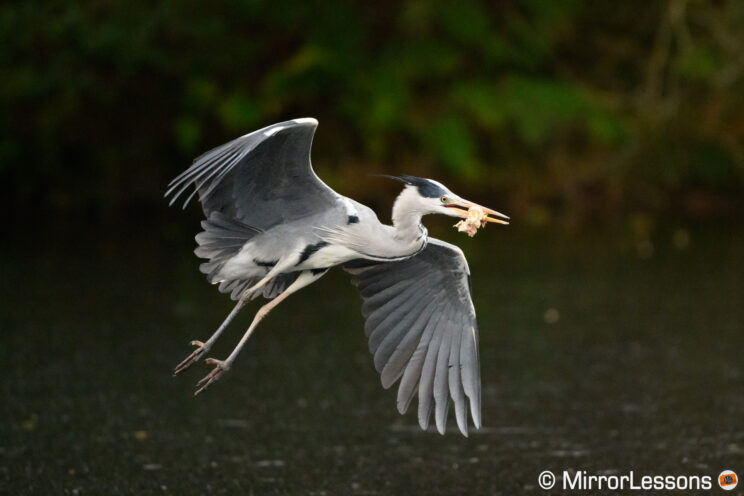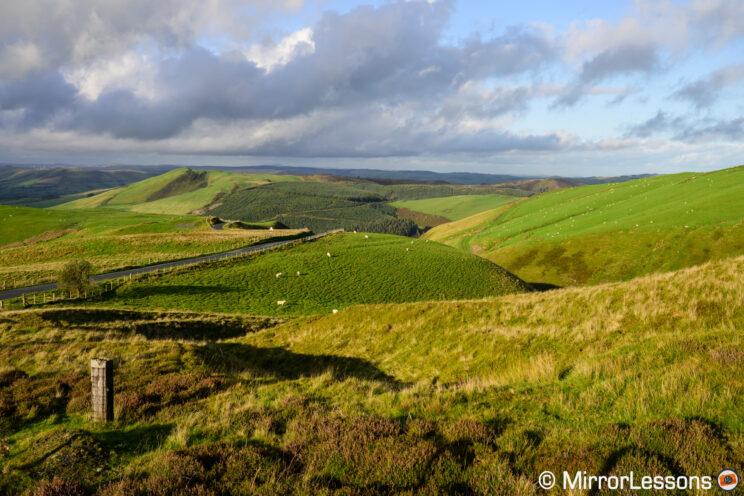Nikon has announced the Z8 full frame mirrorless camera, a product that sits in between the older Z7 II, and the flagship Z9 from which it inherits many things!
In this comparison, I’ll highlight the most important differences you need to know. But first, here is an extensive list of all the features the two Nikon cameras have in common:
- 45.7MP full frame BSI stacked sensor
- ISO 64 – 25,600 (32 – 102,400 extended)
- Expeed 7 image processor
- No mechanical shutter (electronic shutter only, with blackout-free live view)
- Hybrid AF system with 493 points, 120 AF calculations/s, 3D Tracking and advanced subject detection
- -9EV AF sensitivity in low light (measured at f/1.2 with the starlight view mode, firmware 3.0 required for the Z9)
- Drive speed up to 20fps with RAW, 120fps with JPG (11MP), Pre-Release Capture option available
- 8K 60p, 4K 120p, N-Log, HLG (all internal)
- 12-bit RAW video and Prores HQ 10-bit 4:2:2 (internal)
- 5-axis stabilisation (up to 6 stops with Synchro VR and compatible lenses)
- 0.5-in OLED EVF with 3.69M dots, 120fps, 0.8x magnification, 23mm eyepoint
- 3.2” 4-axis touchscreen LCD with 2.1M dots
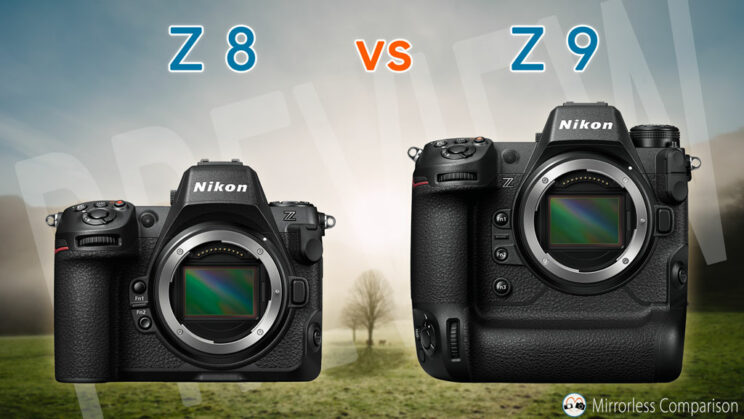
Ethics statement: what follows is based on our personal experience with the Z8 and Z9. We were not asked to write anything about these products, nor were we provided any compensation of any kind. Within the article, there are affiliate links. If you buy something after clicking one of these links, we will receive a small commission. To know more about our ethics, you can visit our full disclosure page. Thank you!
1. Dimensions and Controls
The first and most obvious difference is the size: the Z9 is larger and heavier than the Z8. Nikon states that the ‘8’ model is approximately 30% smaller.
- Z8: 144 x 118.5 x 83 mm, 910g
- Z9: 149 x 149.5 x 90.5 mm, 1340g
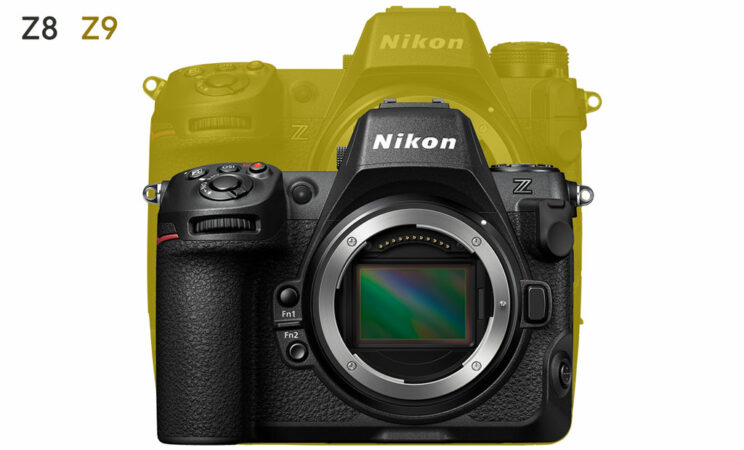
Both cameras are fully weather-sealed. Nikon claims that the Z8 exceeds the build quality of the D850, although the Z9 likely remains superior in this department. Nevertheless, the Z8 felt very robust during my time with it, bringing back memories of my old and beloved D700. Materials include magnesium alloy and a new professional-grade carbon fiber composite.
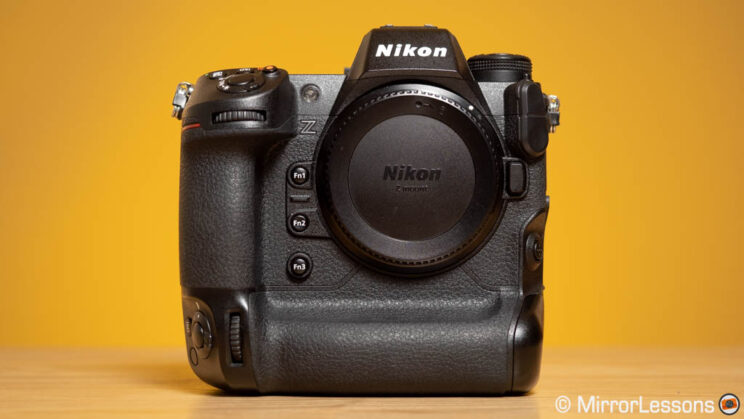
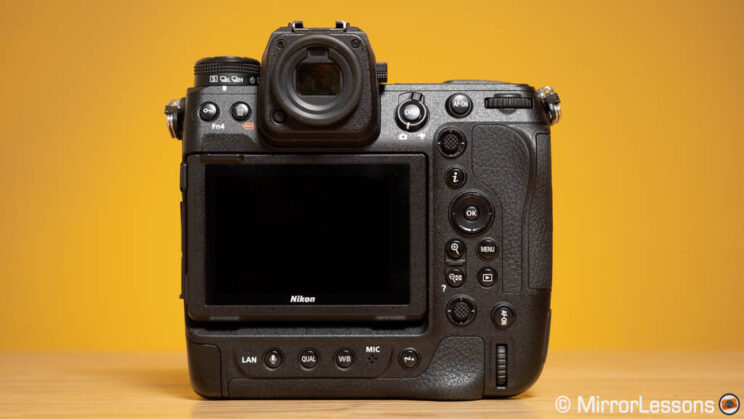

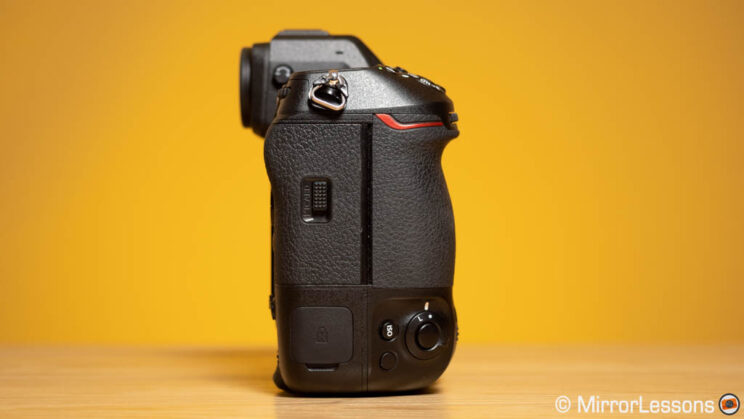
The larger size of the Z9 accommodates more physical controls, including one extra function button on the front, three buttons on the rear, and a drive mode dial at the top. In total, the Z9 boasts 13 custom buttons, compared to the Z8’s 10. It’s worth noting that some of these buttons are back-illuminated, a detail that users will appreciate on both cameras.
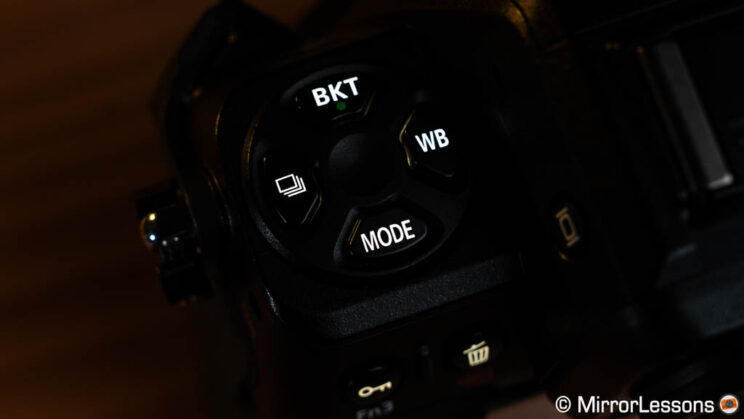
They are both equipped with a small LCD on top that conveniently displays essential shooting information, a feature I always find valuable for quickly checking settings. You can easily adjust the brightness of this LCD using the same method used to activate the back-illuminated buttons.
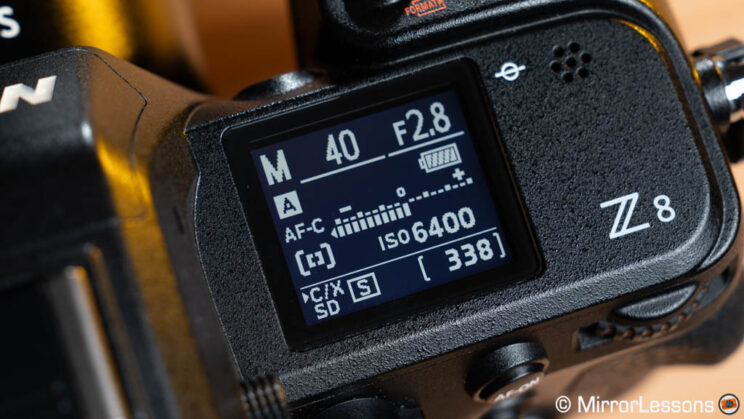
In general, I tend to avoid cameras with built-in vertical grips because I prefer the flexibility of attaching an optional one when needed, which keeps the camera’s size more compact.
With the Z8, Nikon has done a fantastic job. The grip is large, deep, and exceptionally comfortable, especially when using long telephoto lenses like the Z 180-600mm. I never felt the need for extra space for my fingers, and the camera’s smaller size makes it easier to pack it in my backpack.
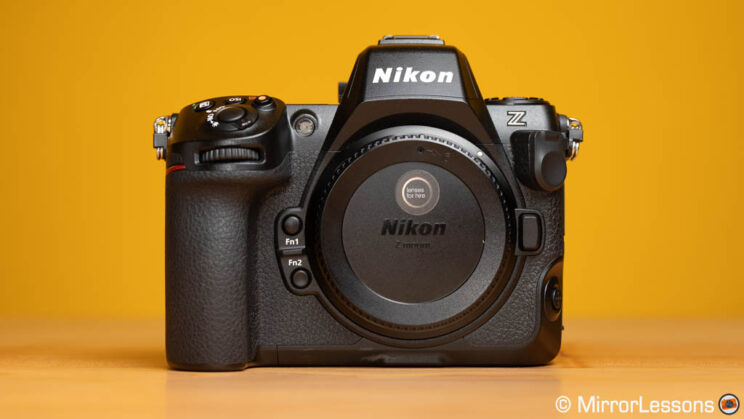
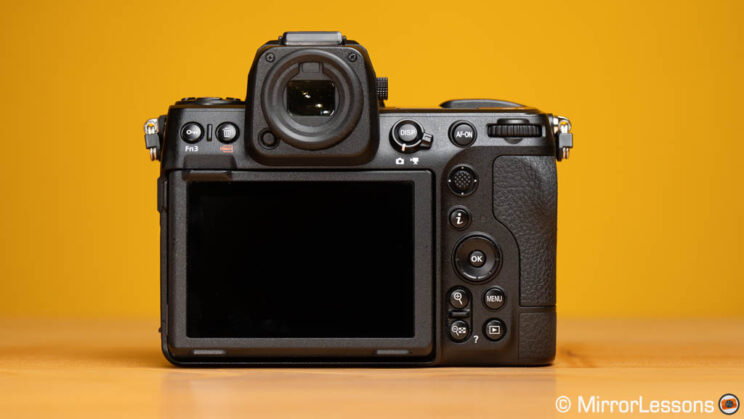
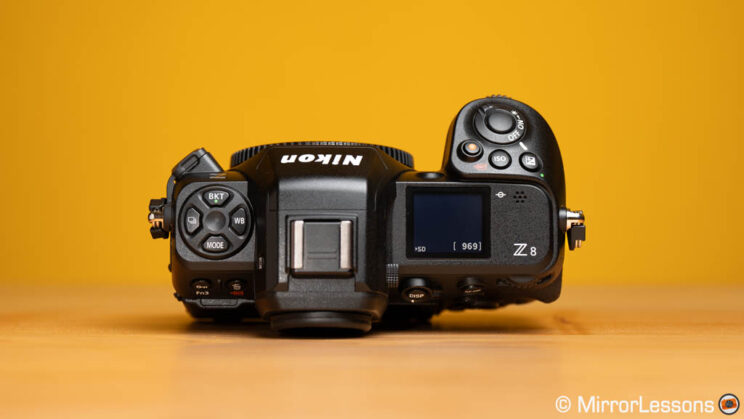
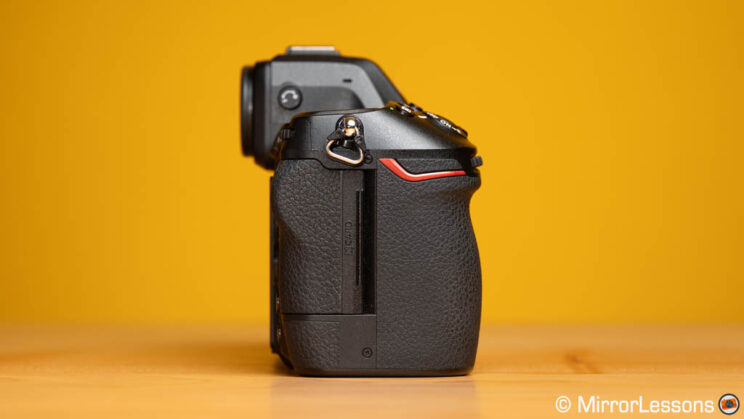
However, the choice between the Z8 and the Z9 ultimately boils down to personal preferences and, of course, your budget. The Z9 is larger and heavier, but it remains remarkably comfortable to use. Its 1.3kg weight didn’t pose any significant issues when capturing wildlife photos. Since super telephoto lenses are generally larger and heavier than the camera itself, the body’s size matters less in those scenarios.
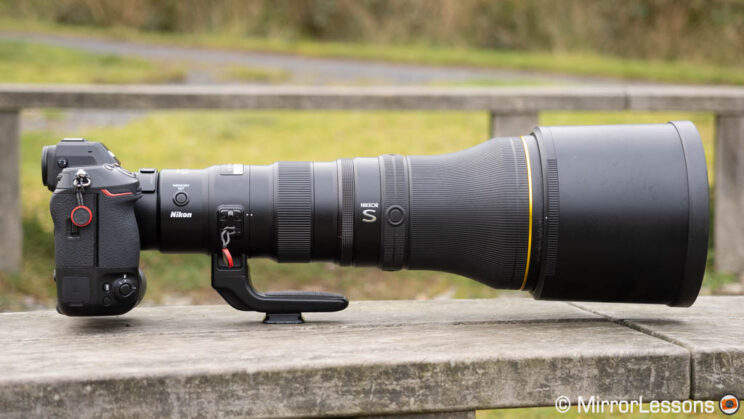
Additionally, if you frequently shoot in a vertical orientation, the Z9 comes equipped with all the necessary features right out of the box, including duplicated key buttons for portrait orientation, such as AF-ON and the AF joystick.
Reminder: the links below are affiliate links. If you decided to buy something after clicking the link, we will receive a small commission.
Check price of the Nikon Z8 on
Amazon | Amazon UK | B&H Photo | eBay
Check price of the Nikon Z9 on
B&H Photo
Second-hand Nikon gear on
MPB US | MPB UK
2. USB Ports and Memory Cards
The Z8 has two USB ports, both Type C: one is dedicated to power delivery (to use with a powerbank for example), whereas the other is with compatible accessories. This is a clever idea: you can extend the camera’s battery life while still having another USB port left for tools such as the MC-N10 Remote Grip for example.
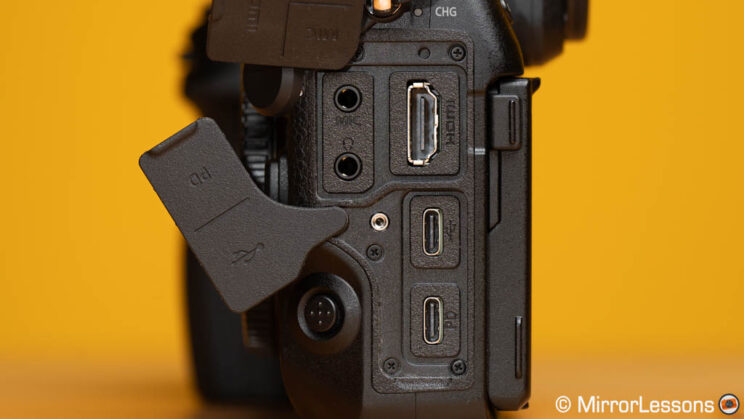
Both cameras have a full sized HDMI port, as well as a flash sync port, audio input and output (3.5mm jack).
The Z9 also has a LAN (Ethernet port). With the Z8, you can use a USB C to Ethernet adapter for the same purpose.
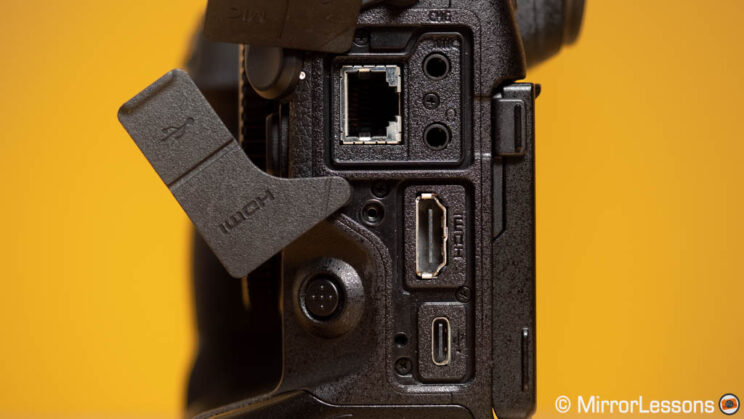
The Z9 uses two CFexpress Type B cards, whereas the Z8 has one slot for CFexpress and one for SD UHS-II.
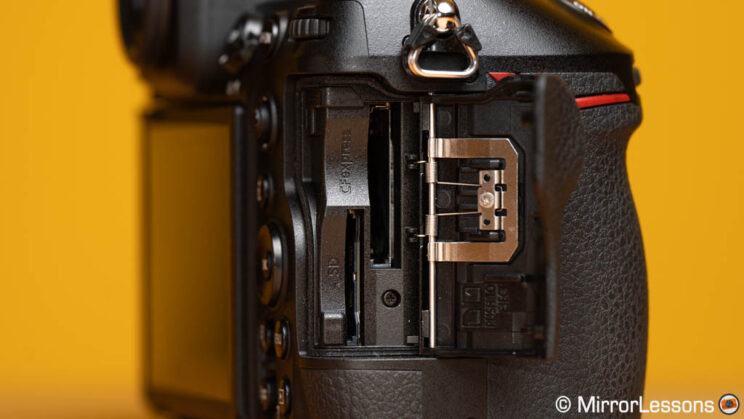
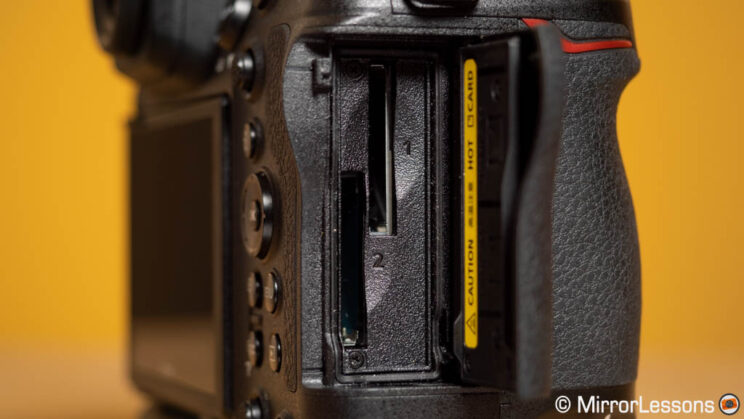
CFexpress cards have a faster writing and reading speed. They are required when recording high quality video (12-bit RAW, Prores) and help the camera clear the buffer more quickly.
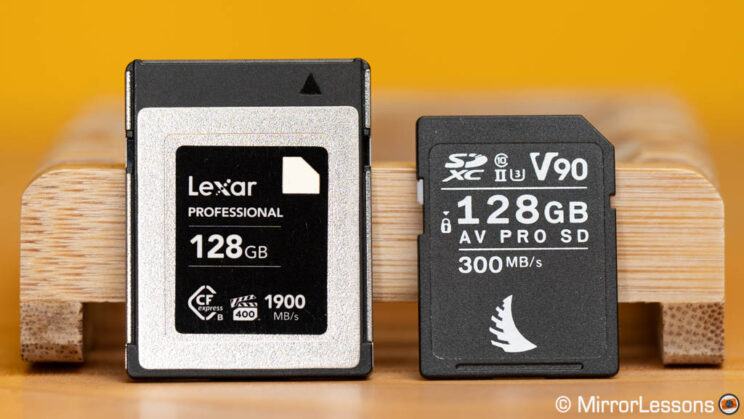
3. Battery
The Z8 uses the smaller EN-EL15c battery (the same as the Z6 and Z7 cameras), so the battery count per charge is lower, as expected: about 340 shots with the EVF, or 370 with the LCD monitor (Energy saving mode On).
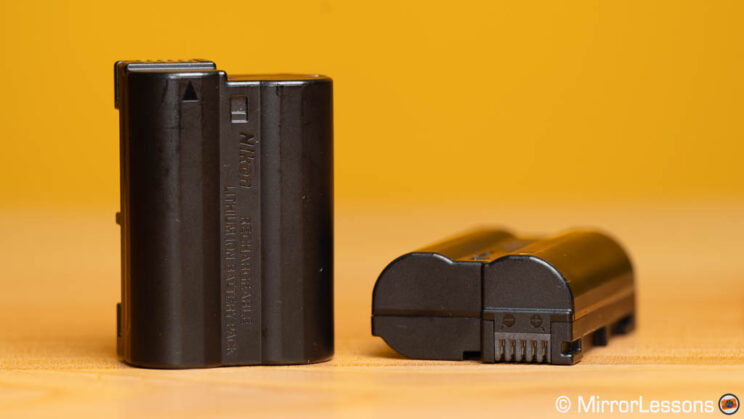
Note that the older EL15a and EL15b can also be used on the Z8, but they are not compatible with power delivery via the USB port. The first generation EN-EL15 is not compatible.
The Z9 battery is much bigger (EN-EL18d), allowing the camera to achieve 740 and 770 shots respectively.
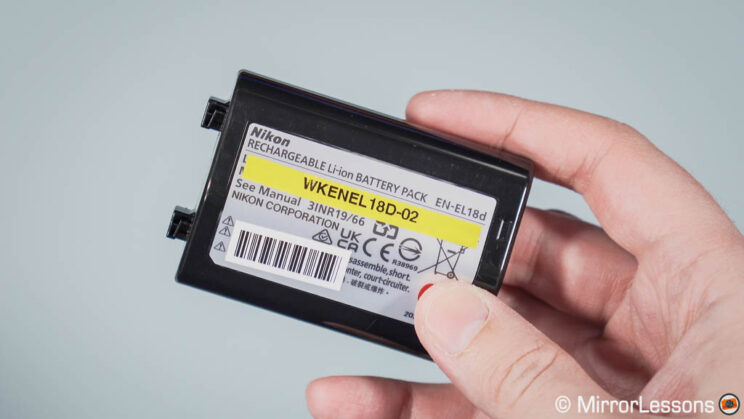
As always, please note these are official CIPA measurements, you can achieve more than that in real life. For example, after 3400+ images of birds in flight and various 8K and 4K short clips, I still had 59% left on the Z9.
With the Z8, I captured about 5,000 photos of birds in flight and recorded several 8K/4K videos, and the battery was at 50% by the end of the session.
Note that the Z9 has a built-in vertical grip, whereas for the Z8 there is an optional battery grip that can be purchased separately, the MB-N12.
Reminder: the links below are affiliate links. If you decided to buy something after clicking the link, we will receive a small commission.
Check price of the Nikon Z8 on
Amazon | Amazon UK | B&H Photo | eBay
Check price of the Nikon Z9 on
B&H Photo
Second-hand Nikon gear on
MPB US | MPB UK
4. Continous Video Recording
The Z8 can record 4K 60p video without interruption for approximately 125 minutes, and 8K 30p for 90 minutes, according to Nikon’s own testing at 25˚C.
The Z9 has no limits in 4K, and can do two hours in 8K. This is not surprising really, as the larger body allows for better heat dissipation.
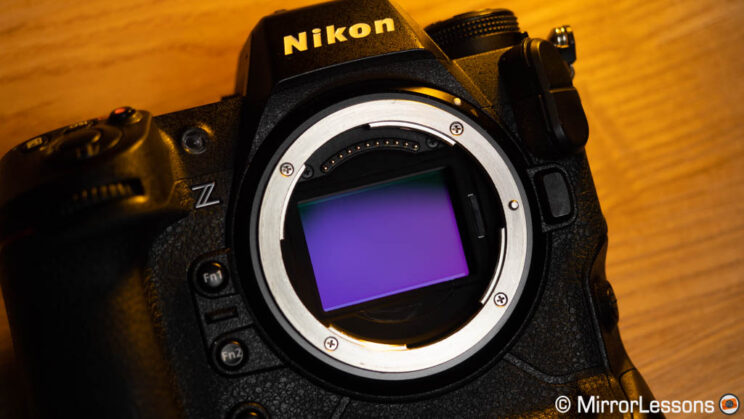
In my test, the Z8 recorded a total of 1 hour and 50 minutes in 4K at 25p without any overheating issues. It stopped only because the battery died.
In 8K at 25p, the Z8 lasted for 70 minutes. After the first 25 minutes, a warning appeared regarding the memory card temperature. Then, at 52 minutes, the overheat warning appeared, but the camera continued recording until the battery died.
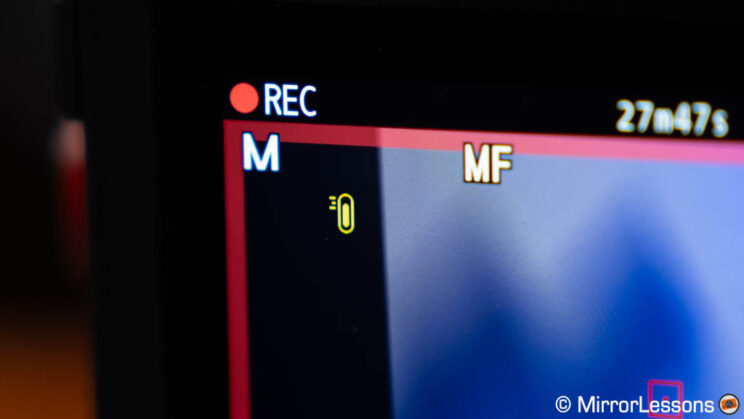
On both cameras, you can set the Auto Temperature Cutout to High to prolong the recording time, which is what I did.
5. HEIF format
The Z8 can save photos in the 10-bit HEIF format, in addition to 14-bit RAW and 8-bit JPG.
HEIF allows for more tonal gradation on compatible HDR device, but it is not a very popular format yet, and can present some compatibility issues with photo editors.
The Z9 doesn’t have the HEIF option, although I wouldn’t be surprised if it gets implemented later on via firmware.
6. Auto Capture
Firmware 4.0 introduces an impressive new feature to the Z9: Auto Capture. This feature enables the camera to automatically record bursts of still images or video clips when it detects a subject.
Additionally, you can customize various criteria for triggering the recording, including the type of subject, the subject’s movement direction, and a specific distance range. You can even create different presets!
Here is a video by Morten Hilmer who explains how Auto Capture works, with examples.
7. Birds Subject Detection AF
The Z8 and Z9 can recognise humans, animals (including birds), vehicles (trains, cars, motorbikes) and airplanes.
New to the Z9 with firmware 4.10 is a separate setting for ‘Birds’ in the Subject Detection list, rather than being included in the ‘Animal’ setting. According to Nikon, this change improves the speed at which the camera detects animals, enhances autofocus performance with busy backgrounds (trees, rocky landscapes, etc.), and allows the Z9 to recognize birds better in various positions and a wider variety of bird species.
I expect this update could eventually be extended to the Z8, similar to the Airplane Subject Detection setting that was added to the Z9.
8. Portrait features
The Z8 incorporates two portrait photography features that are present on other cameras but notably absent on the Z9.
The first is called Portrait Impression Balance, and allows you to have more precise control over the hues and brightness of skin tones.
The second is Skin Softening and, as the name suggests, it makes the skin of a person softer and smoother, whithout affecting the hair or eyes. It can work for up to three people in a single photograph. I’m assuming this is valid for JPG files, and for video.
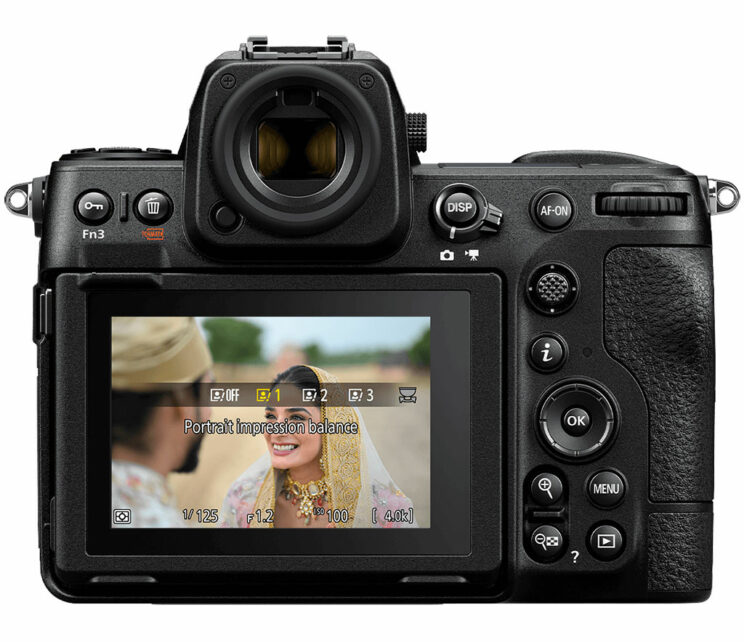
9. Location data
The Z9 has built-in GPS. Once enabled in the menu, you can record location information for every photo taken, and visualise that information later in the map section of various software such as Lightroom.
The Z8 doesn’t have built-in GPS. The alternative solution is to use bluetooth and the Snapbridge app on your mobile device.
10. Price
The Z8 is less expensive, starting at the retail price of $4000, £4000 or €4600.
The Z9 can be found for $5500, £5300 or €6000.
The battery grip for the Z8 costs $350 / £350 / €400.
Reminder: the links below are affiliate links. If you decided to buy something after clicking the link, we will receive a small commission.
Check price of the Nikon Z8 on
Amazon | Amazon UK | B&H Photo | eBay
Check price of the Nikon Z9 on
B&H Photo
Second-hand Nikon gear on
MPB US | MPB UK
Additional read:
Nikon Z9 Review for Wildlife and Bird Photography
Nikon Z7 II vs Z8 – Full Comparison
Conclusion
I rarely get carried away when doing camera reviews, but I have no doubt in saying that the Z8 is one of the best high-end mirrorless camera I’ve ever tested. It shares the same sensor, processor, AF capabilities, drive speed and even the same video specs of the flagship Z9 that I reviewed previously! The Z8 is truly a baby Z9!
This means you get exceptional image quality when it comes to resolution and dynamic range. You really need to push exposure and shadows recovery hard to see the limits of the sensor (something you’ll rarely do). The ISO performance is very good up to 6,400 ISO and usable up to 25,600.
Neither camera have a mechanical shutter, relying exclusively on the electronic shutter and very fast sensor readout and image processor. This gives you unbelievable drive speed up to 120fps, and no blackouts whatsoever, which means the live view in the LCD or EVF never changes and any lag is basically eliminated.
The autofocus performance showed a few small differences, although my last experience with the Z9 was before firmware 4.0 so it looks like the camera can do even better than what I achieved with it. Considering that at the time I’ve already labeled it as one of the top three cameras for wildlife, it says a lot!
The video capabilities are impressive, with the ability of recording RAW footage in camera up to 8K 60p or 4K 120p, in addition to Apple’s Prores. You also get N-Log and HLG, and the quality is fantastic. You do loose details in 4K 120p (no oversampling) and the cameras don’t correct lens distortion automatically when recording with N-RAW, which can be rather annoying.
Image stabilisation is good for photos, and very good for video when recording static shots using Nikkor VR lenses. Have a look a my YouTube video below, starting at 27:51.
Last but not least, the viewfinder may not have the greatest specs for 2023, but it works very well, and the 3.69M dots never drop when shooting in continous mode, or increasing the frame rate. Additionally, the OLED panel has a wider dynamic range (HDR). The excellent LCD screen can be moved in 4-axis to facilitate work in vertical orientation.
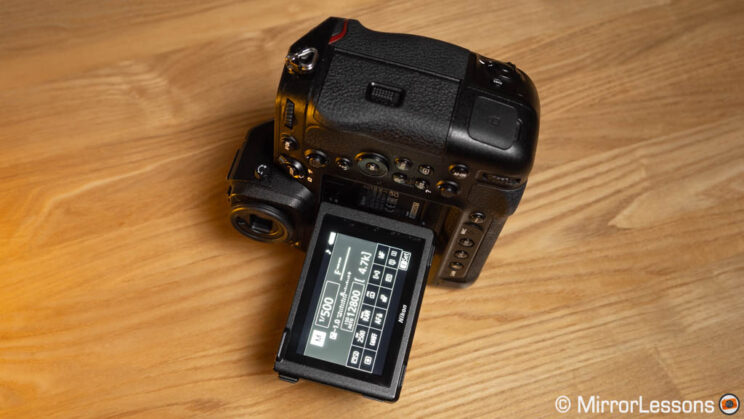
All the things I’ve described above are valid for the Z8 and Z9, so you may wonder if the larger camera is worth the extra money.
Of course, there are advantages like the larger battery and the integrated vertical grip, something that several professional photographers prefer. But on the other hand, there is no doubt that many users will be happy to spend less and have a smaller body without sacrificing anything concerning image quality and performance. Nikon knew this and that’s why the release the Z8!
At the time of updating this article, there are a few discrepancies between the two cameras when it comes to firmware updates. For example, only the Z9 has Bird Subject Detection and the Auto Capture mode, but the Z8 has the same tech and should be able to have these features as well. If and when will be more a marketing decision than anything else.
Reminder: the links below are affiliate links. If you decided to buy something after clicking the link, we will receive a small commission.
Check price of the Nikon Z8 on
Amazon | Amazon UK | B&H Photo | eBay
Check price of the Nikon Z9 on
B&H Photo

